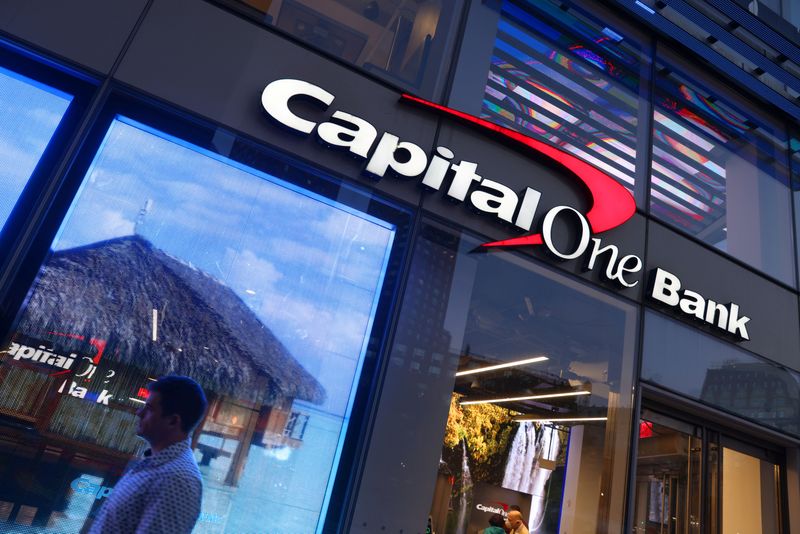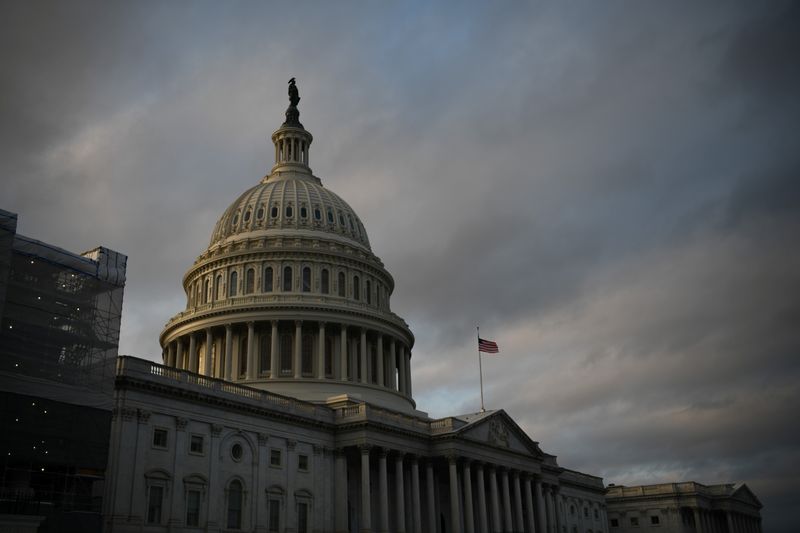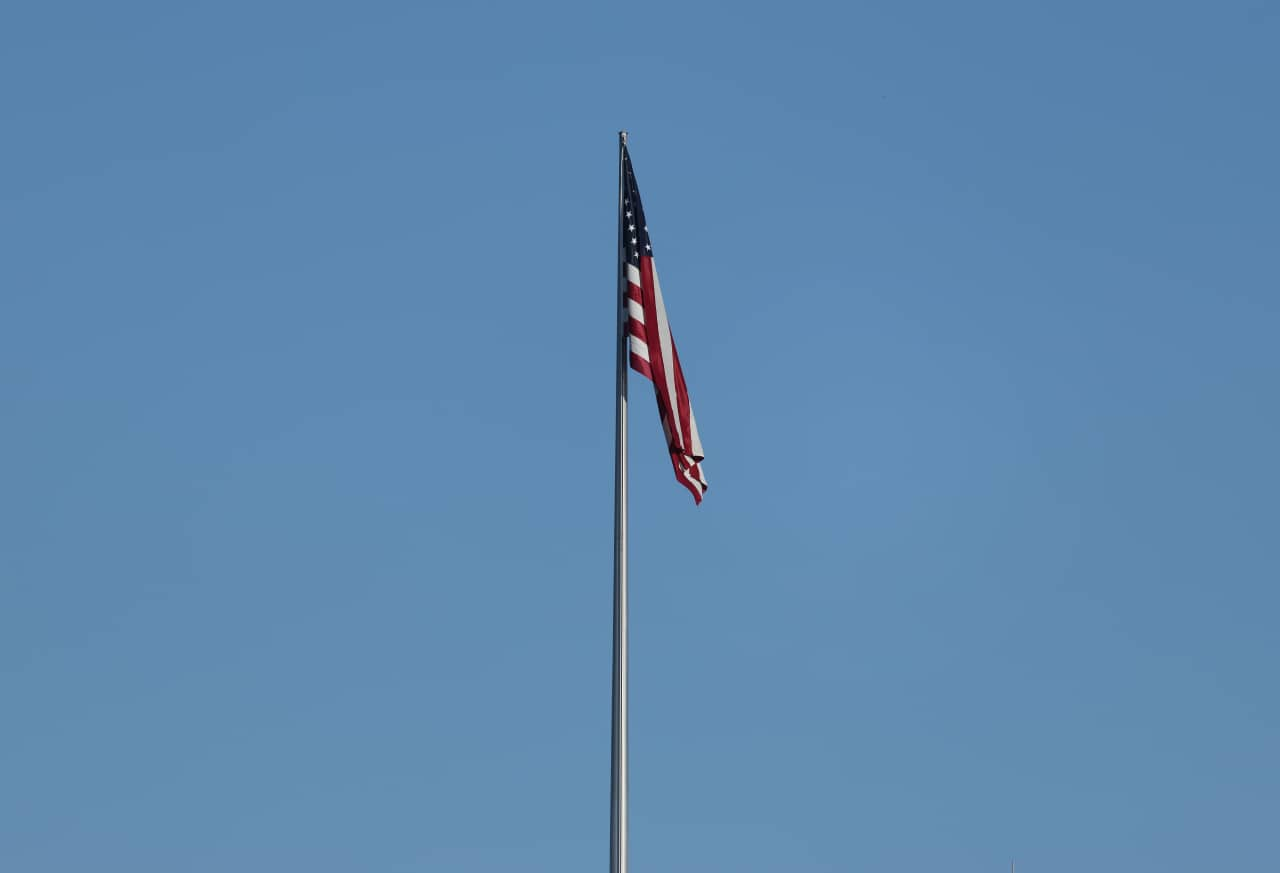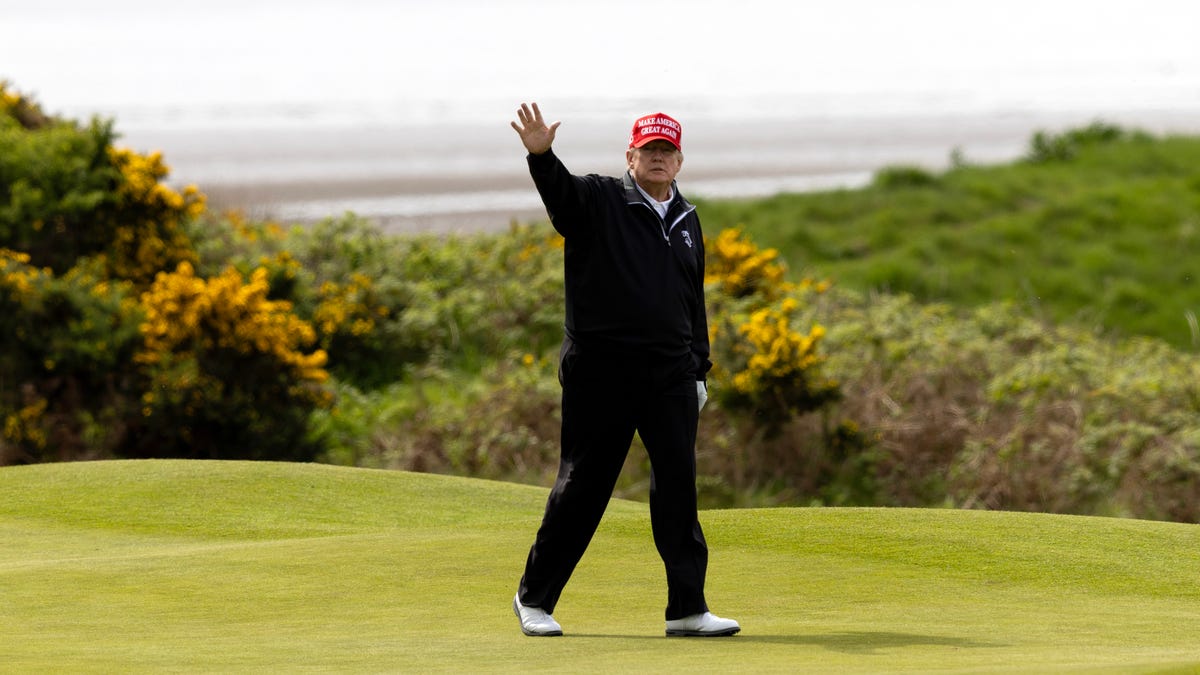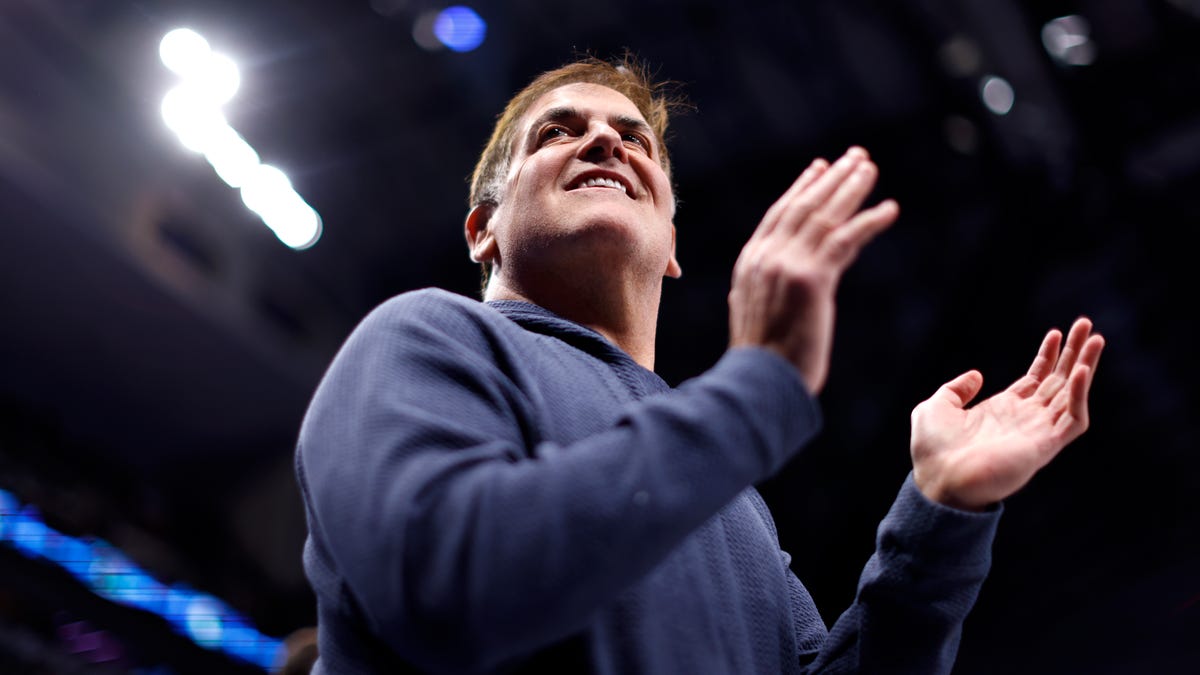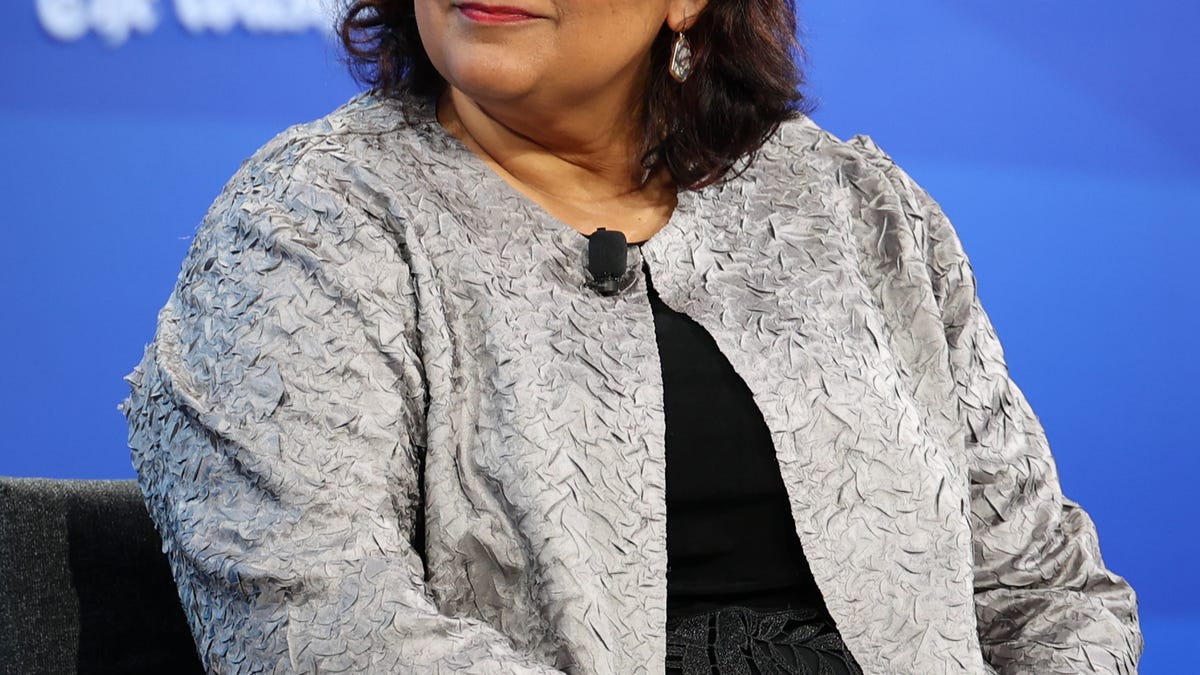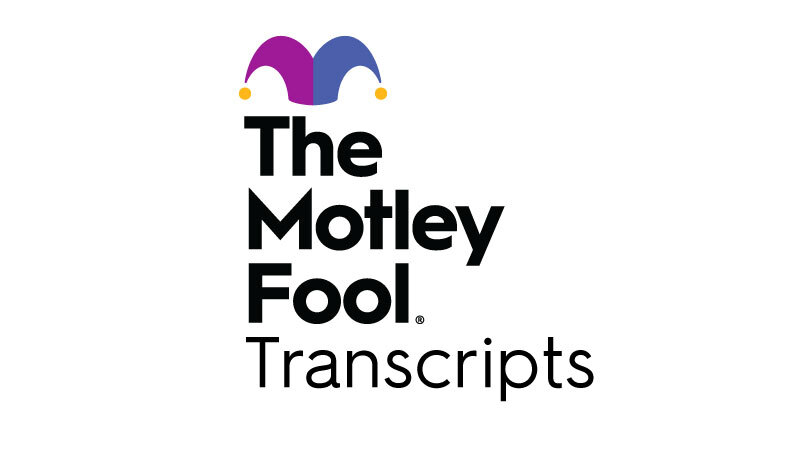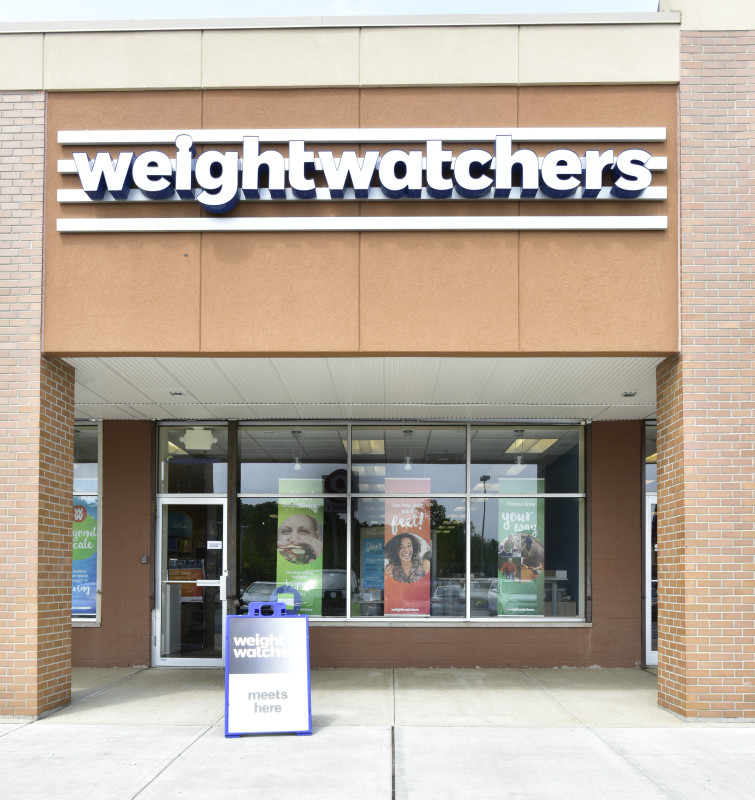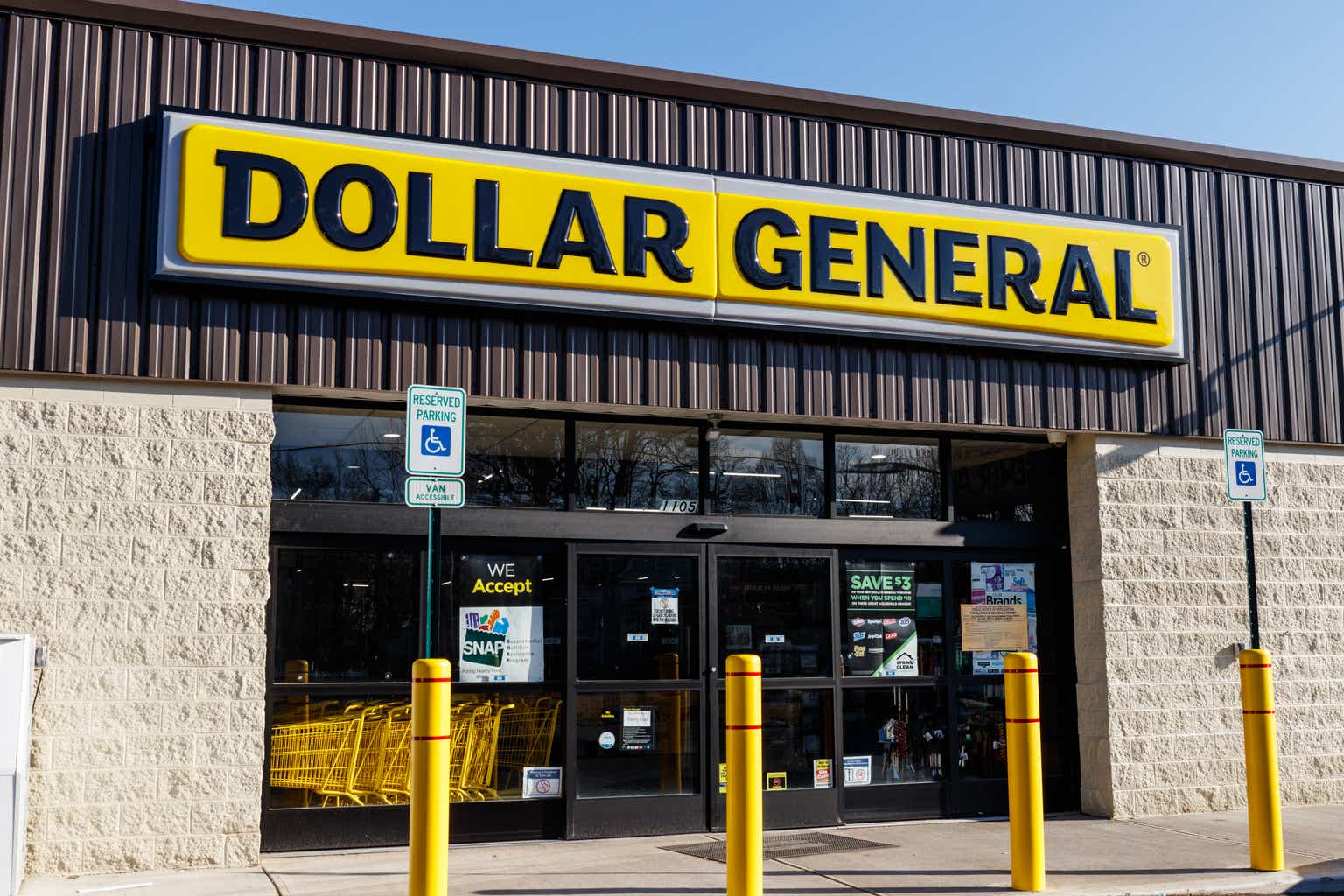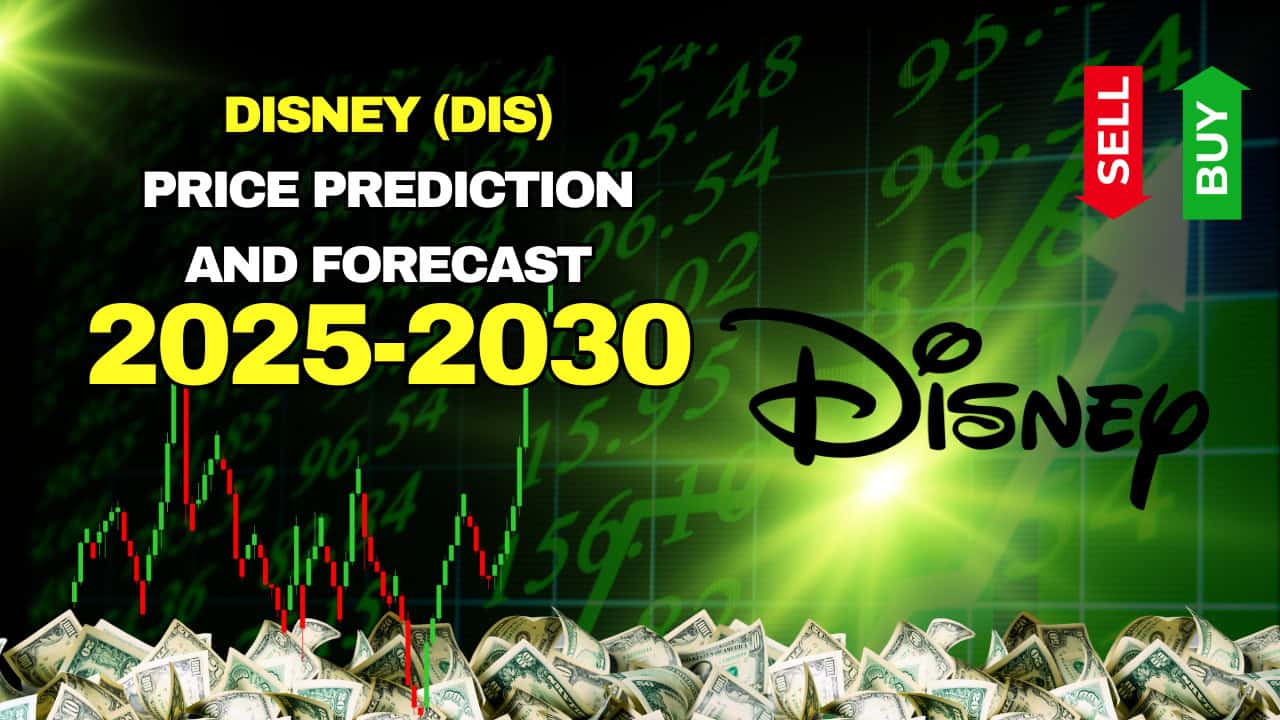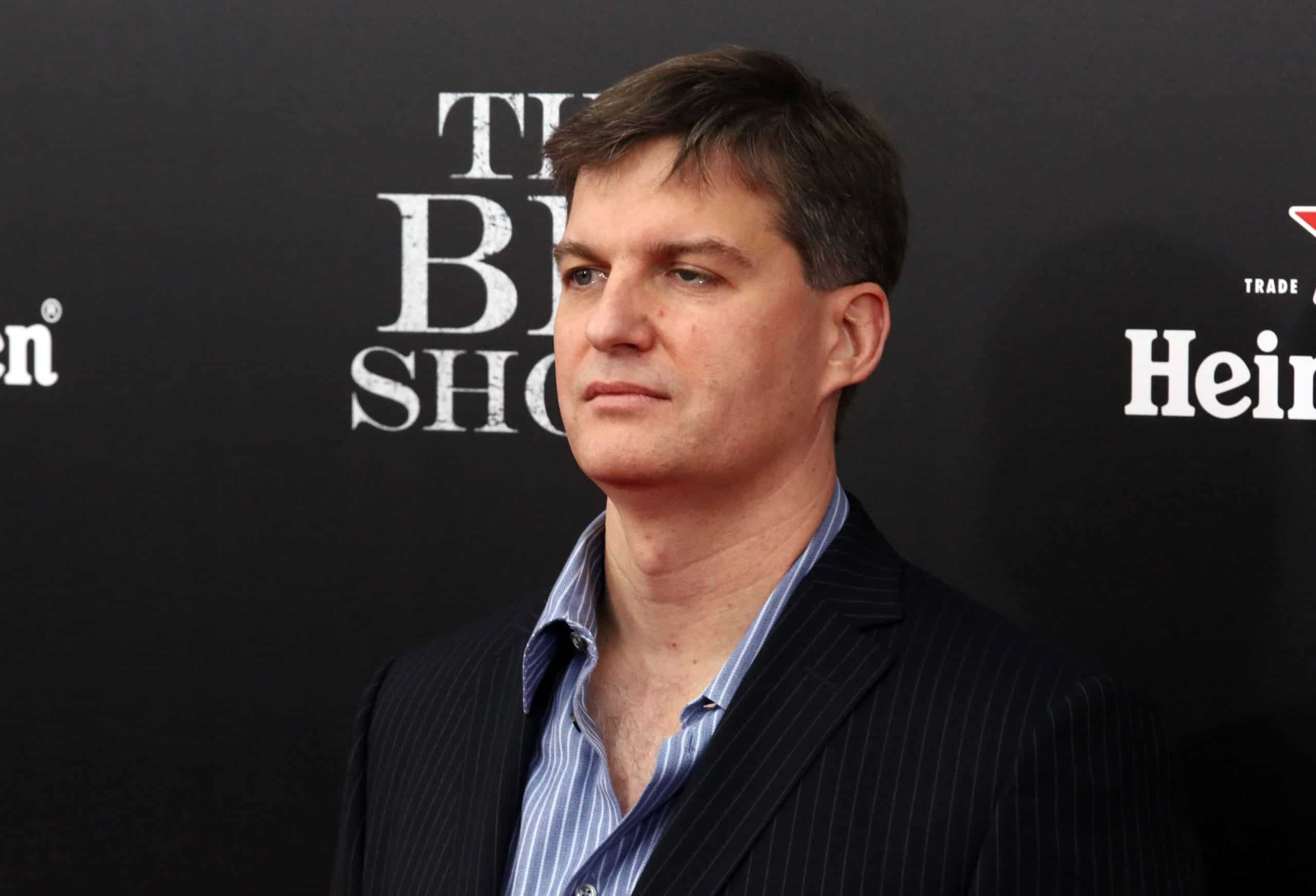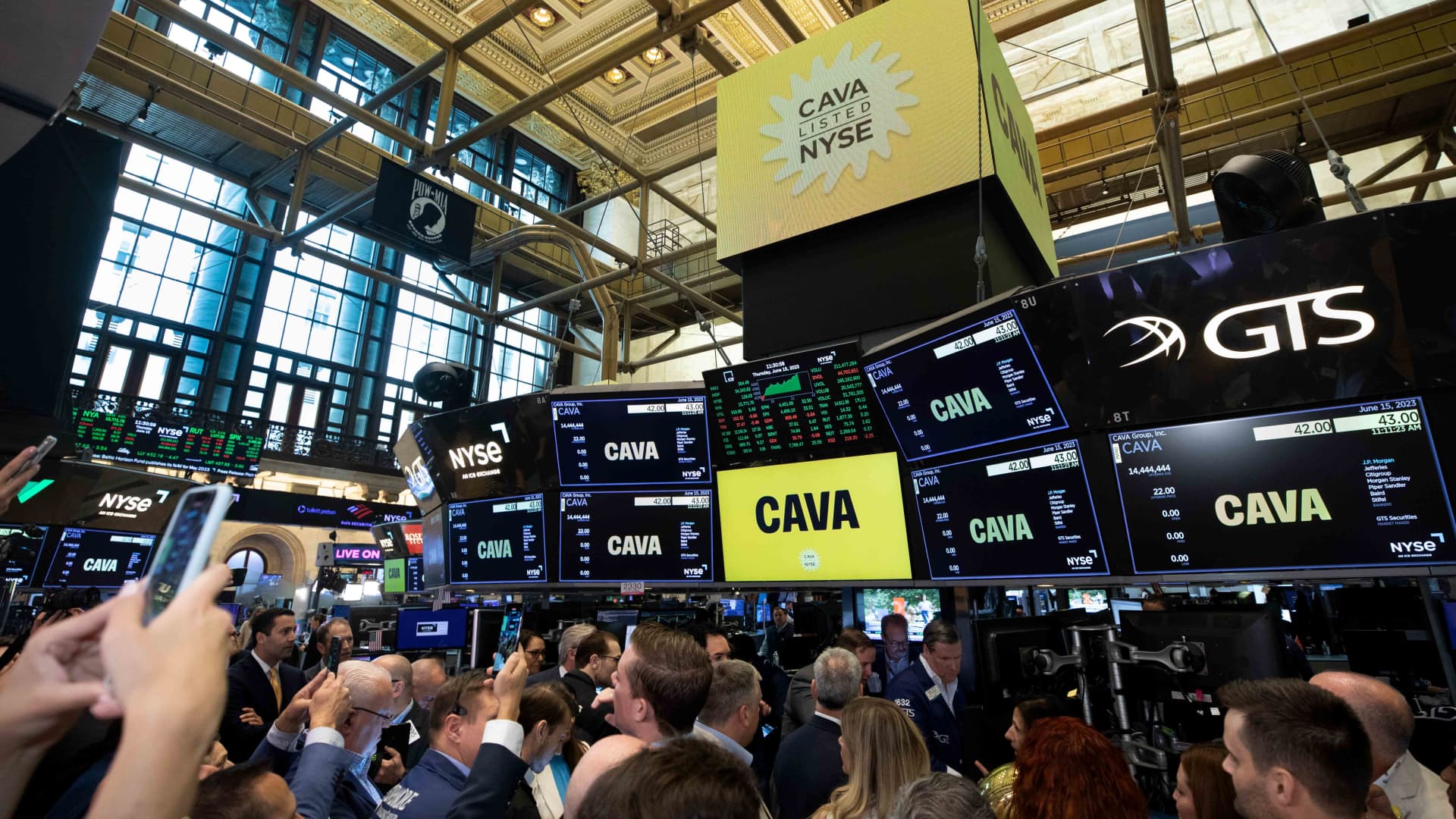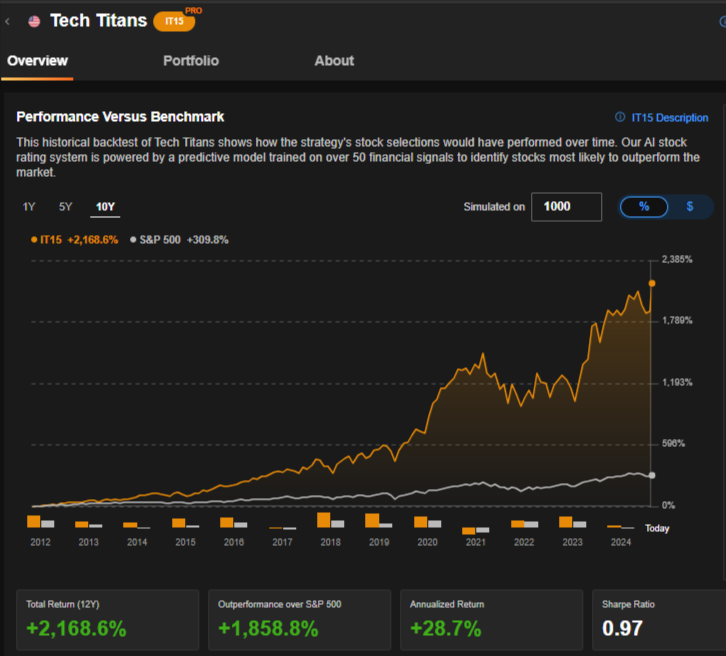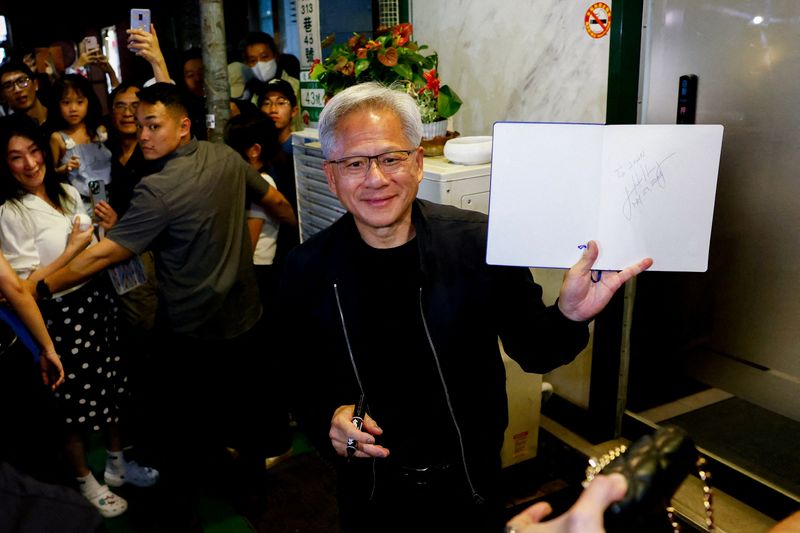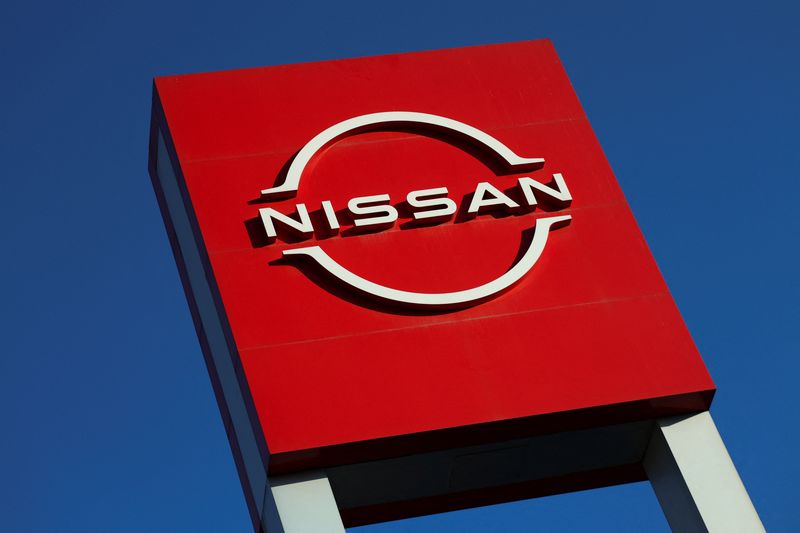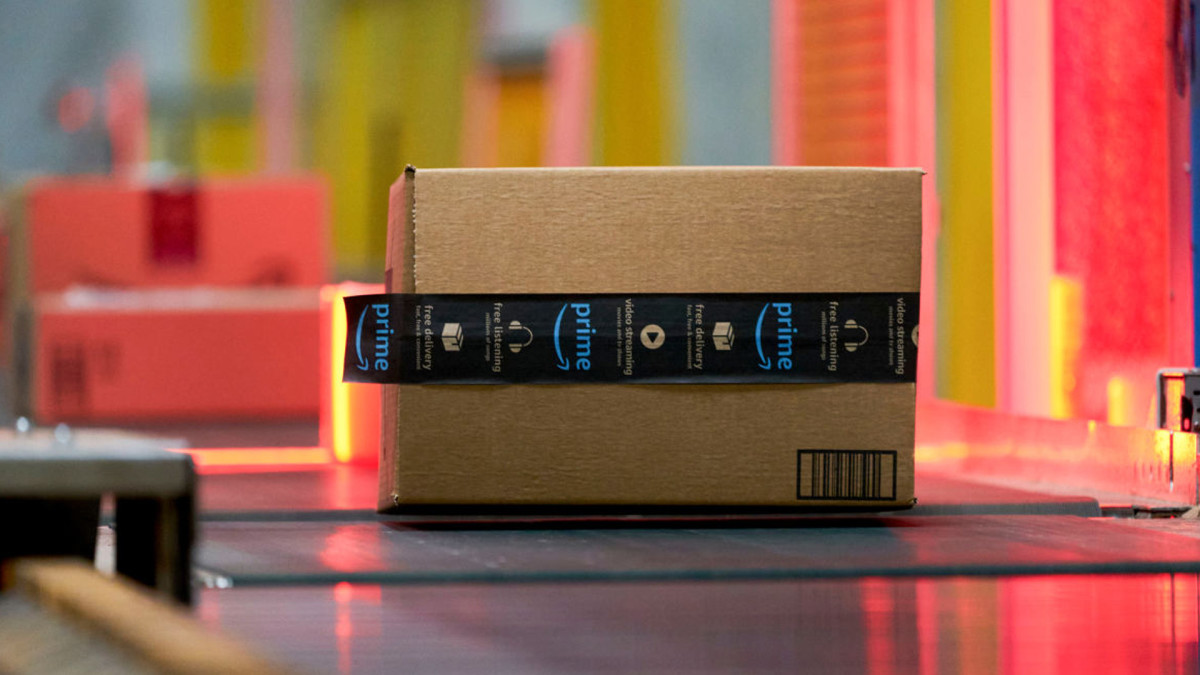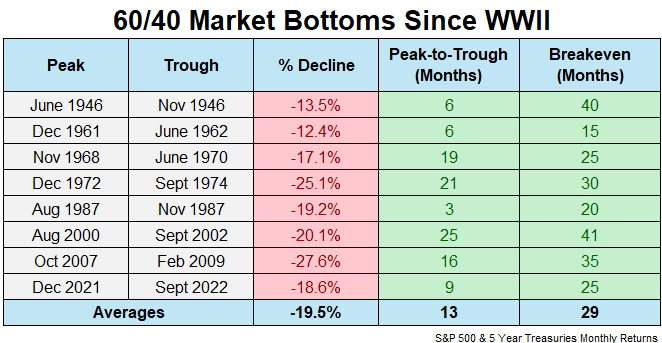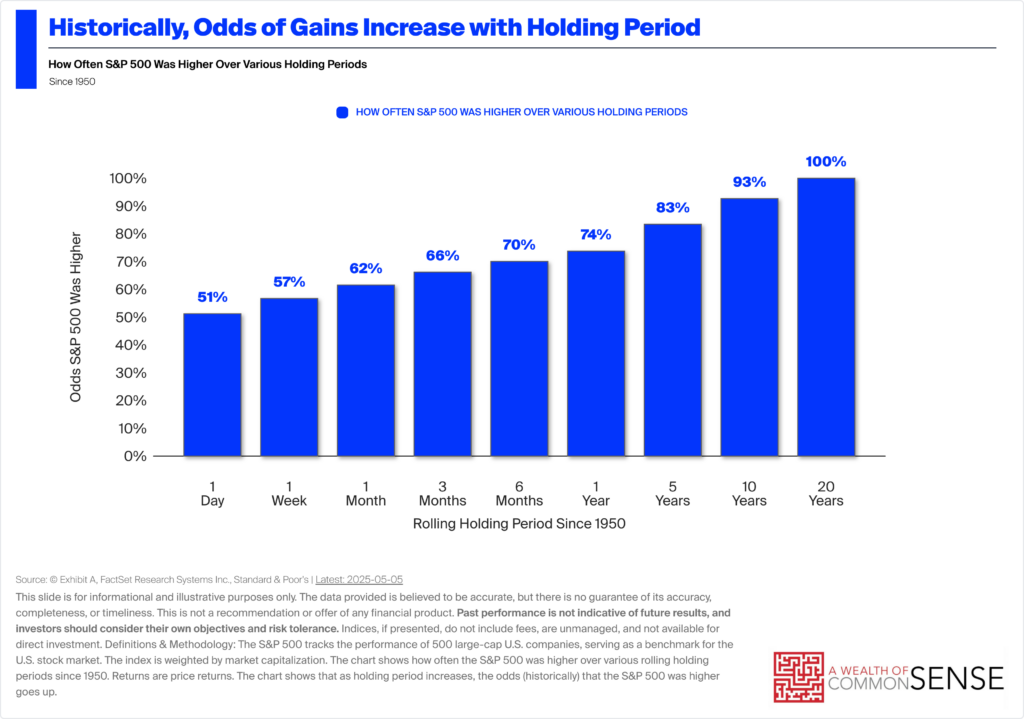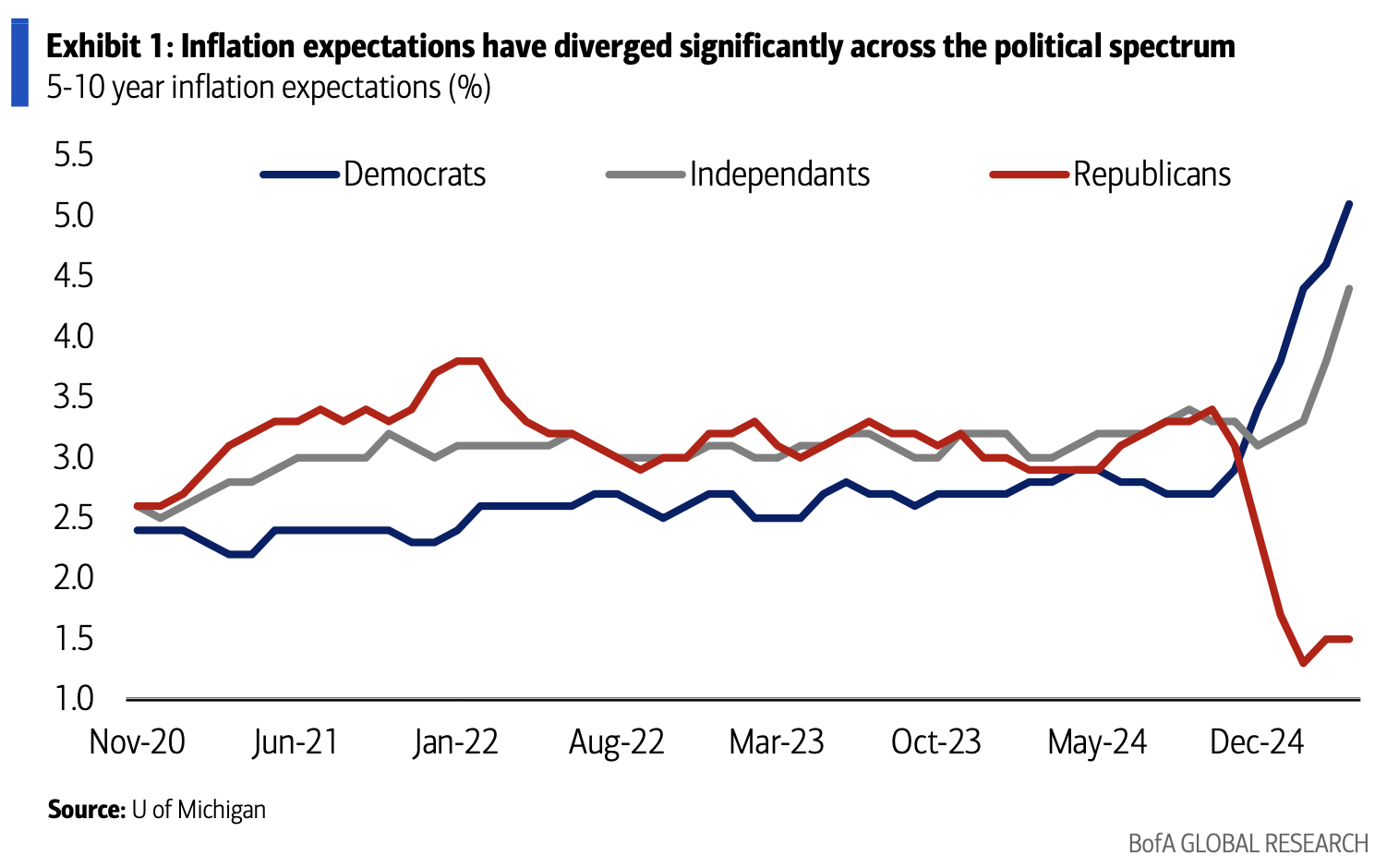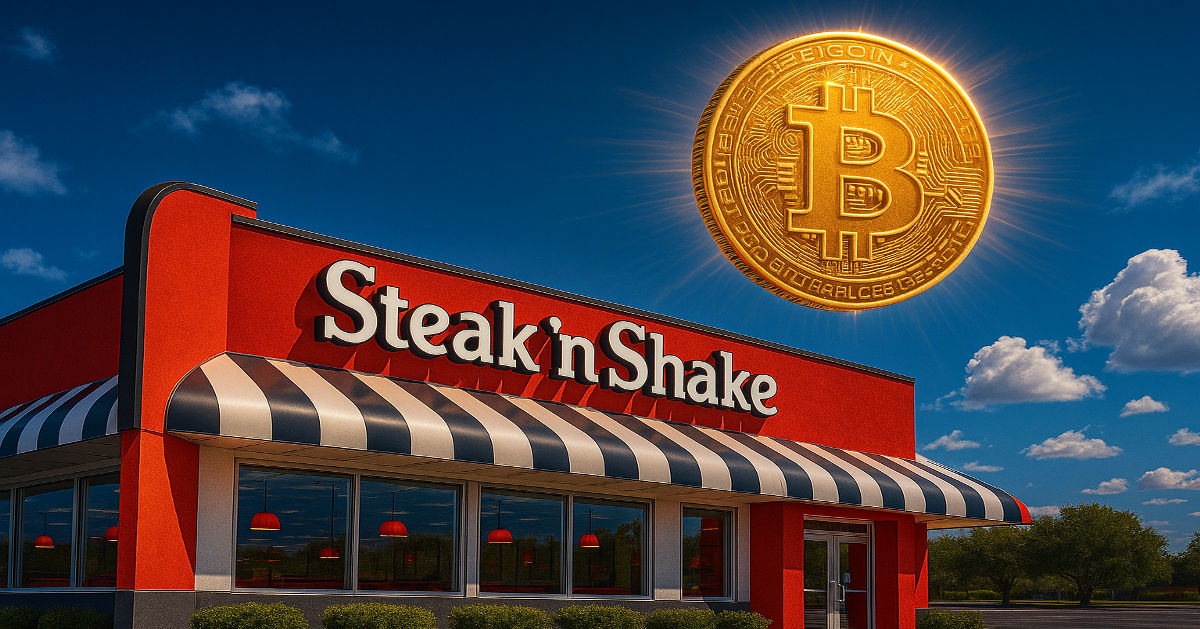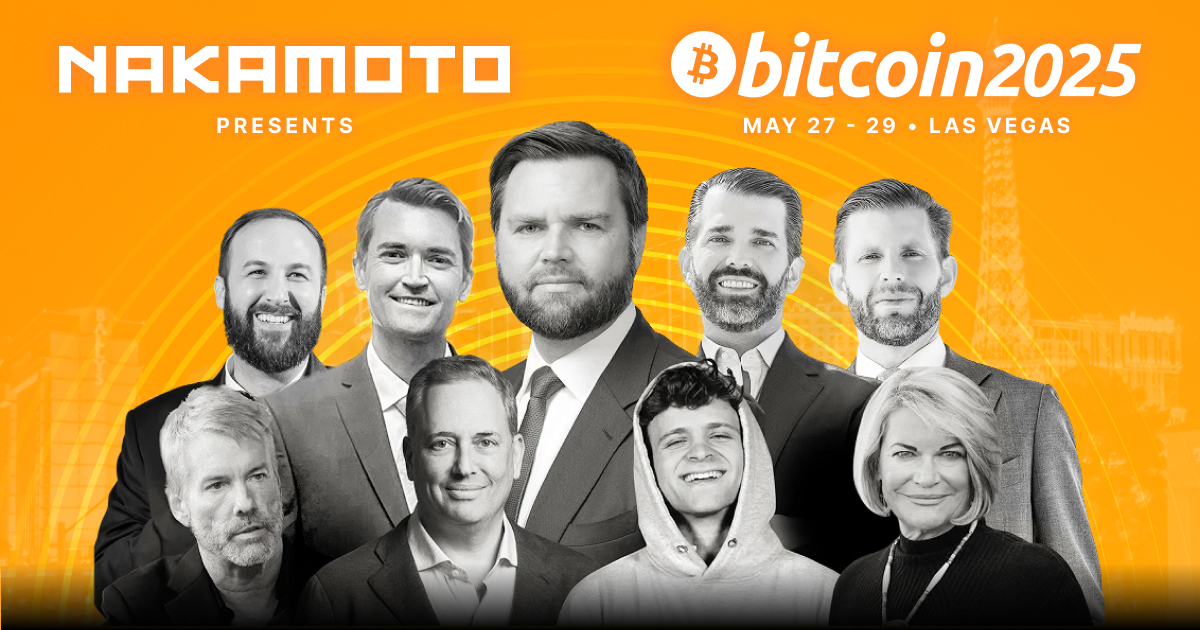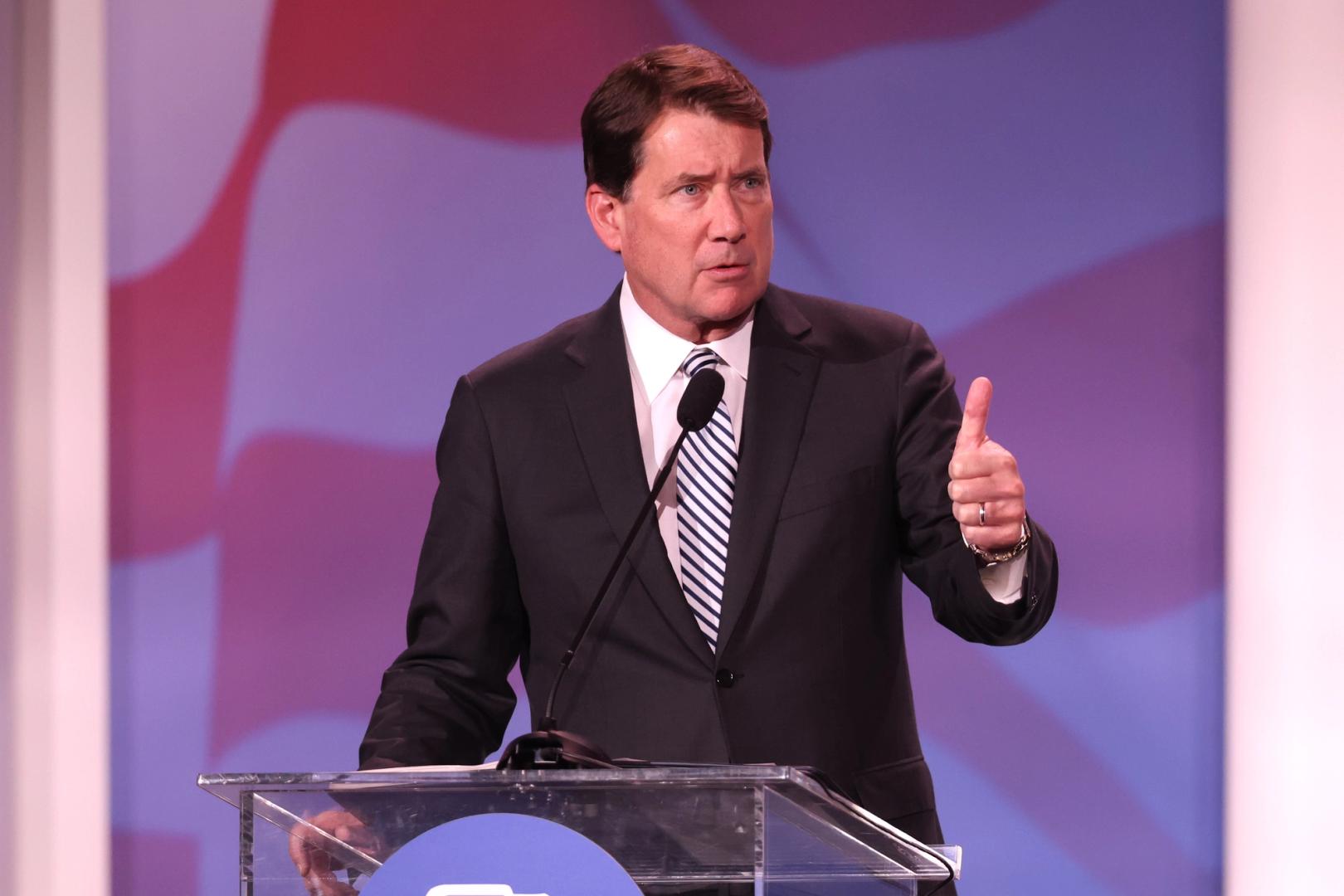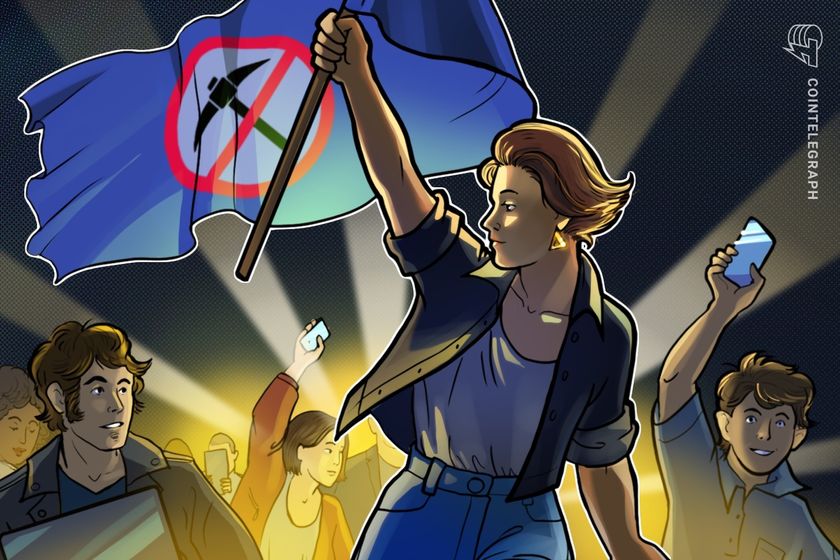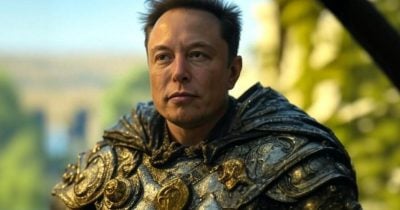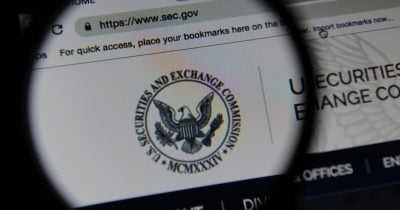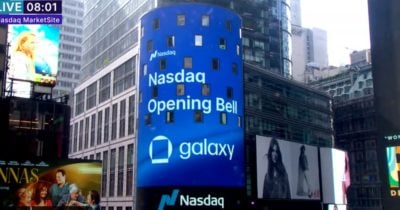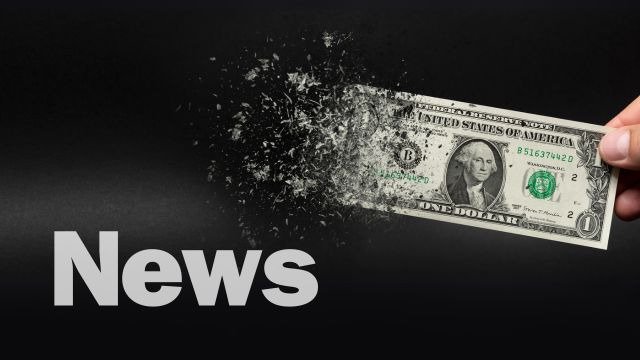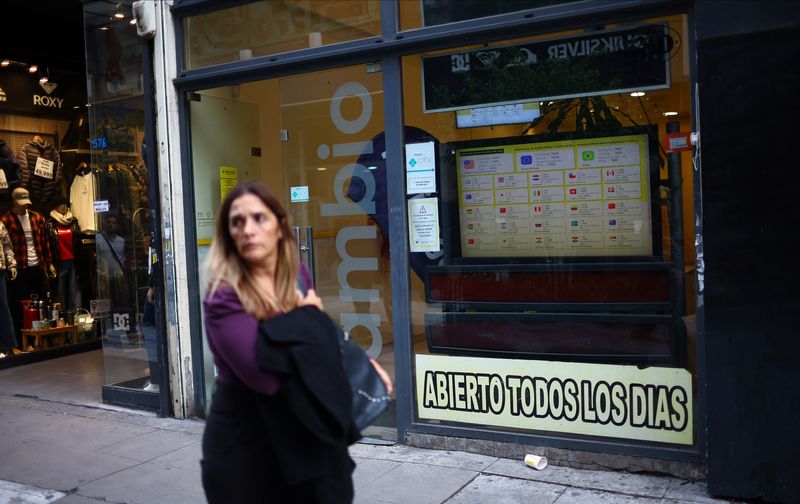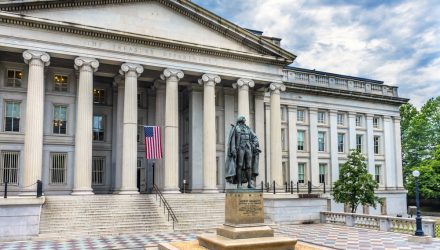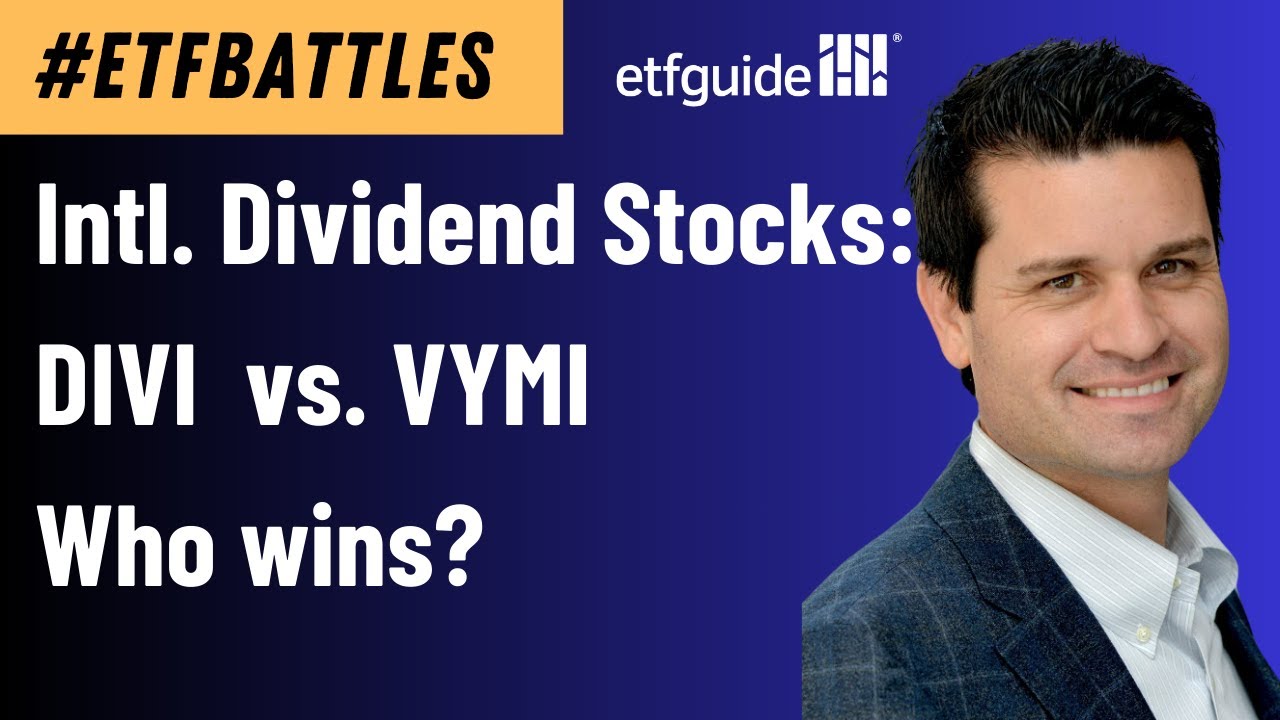Swiss running brand On became $3 billion richer in the last week. It’s coming for Nike and Adidas next
On, with the help of Zendaya, Roger Federer, and Elmo, keeps defying revenue expectations on its way to a $20 billion market cap.

Sitting in their Zurich headquarters, On’s sanguine co-CEO, Martin Hoffmann, and his colleague and On co-founder Caspar Coppetti, have reason to be relaxed. Another quarter of unexpected growth has notched another $3 billion to their brand’s value.
There is an elephant in the room, however. It’s not taking up much room though, given the elephant is a newly-empty seat at the CEO table.
Hoffmann will soon take on the role of On’s CEO alone when his co-CEO Mark Maurer leaves the company in June. Maurer said he planned to embark on a “new chapter” in his professional life after more than 14 years at the company.
Maurer and Hoffmann both joined On from Swiss food retailer Valora in 2012 and 2013, respectively, as COO and CFO, with Maurer wooing his friend over to what was then a little-known running startup. The pair has operated as co-CEOs since 2021.
From July, though, Hoffmann, a financial whizz by trade and by nature, will take the reins of On alone, without Maurer to lean on.
“I had a really strong relationship with Mark and a deep, deep friendship,” Hoffmann told Fortune following the release of On’s first-quarter earnings.
“I will miss that, but we have been super close, basically in all parts of the business, together with different focuses. But there are no blind spots, and we are not changing strategy.”
Hoffmann, whose priority will shift from his current dual role as CFO, admits he loves numbers as much as he does people. For a company better known for design, innovation, and cool collaborations with Gen Z idols, finance will need to take a backseat.
“The strength of On is not the numbers, it's the team,” said Hoffmann.
“My goal was to enable this team to be at their best. And I don't think this changes. The focus from where I do it will change, but the perspective stays the same.”
Hoffmann could hardly take sole charge of On in a better position.
On Tuesday, the group reported a 43% surge in revenue in the first quarter of 2025 compared with a year earlier, while it increased its revenue and profitability guidance for the rest of the year.
The last quarter marked the second in a row that On beat its revenue expectations.
New brand partnerships, including a February Super Bowl advertisement featuring tennis great and On investor, Roger Federer, and Elmo, have helped the company defy short-run expectations within a wider goal of doubling sales between 2023 and 2026.
On wrapped up its earnings week by hitting a record valuation of $19.65 billion as investors piled into the running brand in the wake of the surprise results, having started the week valued at around $16 billion. On is now the third most valuable publicly traded footwear brand in the world behind Nike and Adidas.
The group’s surge has come as those legacy sportswear companies have regressed. Shares in Nike have plunged more than 15% since the start of the year, while Adidas shares have fallen more than 8%. On, meanwhile, has risen in value by 8% this year. With a current running shoe market share of around 10%, the company’s leadership is laser-focused on driving this even higher.
“Our long-term vision is to be the number one brand in running,” Coppetti told Fortune.
On’s marketing
Getting to the mantle of the number one running brand certainly looks a lot more realistic now than when its co-founders first started experimenting with strapping hose pipes to the bottom of traditional running shoes. It is, however, a different path from the one that brought On to this point.
On evolved as a challenger brand largely through word-of-mouth marketing and an opportunistic boom in running among younger people, whose higher disposable income, social media awareness, and newfound focus on fitness have proved a goldmine for the athletic brand.
“I think we're benefiting from this health and wellness trend where younger adults… they're going to the gym rather than going to the bar,” said Coppetti. The group’s successful partnership with Zendaya hasn’t hurt its appeal with young customers either.
“We're quite obsessed,” Coppetti says about continuing to enhance On’s brand recognition.
The company has been forensic in transitioning from an online model to erecting physical stores, considering exactly where to place each of its 53 stores, right down to the street corner, to maintain its exclusivity while growing.
“We don't want to overshoot, and that allows us to, for example, be very selective with retail partners we want to work with, or which stores we want to be in, which street, which corner of that street we want to have our store on and it all feeds into this premium positioning,” says Coppetti.
On’s two London stores exemplify that strategy, with one located on the exclusive Regent’s Street, and the other in the trendy east-side shopping zone of Spitalfields. Coppetti notes some 200 people take part in a run club from that store regularly. You can be pretty confident that an On rep will make an undercover appearance at other run clubs, too.
“We actually go out and we go to the major running routes in the big cities, and we go and count people, and we see what products they are wearing, both footwear and apparel,” Coppetti said.
The company does the same at running events. On gets more cut through among short distance runners, up to half marathon distances. It’s hoping to grab more marathon runners when it launches its “super shoes” later this year.
There will be other challenges along the way. Still a nascent brand, On hasn’t yet proved it can ride out demand dips and move beyond fears that it is a “fad” shoe. And despite having operations in the U.S., the Swiss brand is no less exposed to tariffs than its competitors. Still, On is planning price increases this year, unrelated to tariffs, and CEO Hoffmann customers are ready to stay on the ride, however bumpy things get.
“We want to be the most premium global sports brand, and premium is the decisive word here,” Hoffmann says. “And if you are clear about the North Star, we actually have clear direction in kinds of uncertainties like this.”
This story was originally featured on Fortune.com





